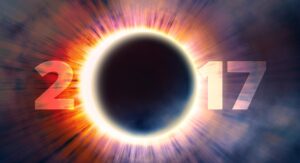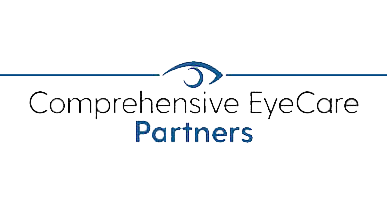Several of our patients have been quizzing the staff on best practices for viewing the upcoming eclipse. Even if you’re not in the direct line of the eclipse, many people still want to see at least the partial eclipse – and experience it safely.

We thought we would publish some of the most popular questions posed to us by our patients along with our answers.
Evergreen Eye Center’s own Dr. Bradley A. Frederickson will guide you through eye safety and a few fun facts to get you ready for the big event.
First off, what’s up with this eclipse? Is it that special?
The eclipse will travel directly overhead for those living in North America. Millions of people will gather in towns to watch the spectacle, some driving for hours to get the best view.
How many eclipses have there been?
According to a recent article, about 3 billion. However, the last total solar eclipse to cross the United States was February 26, 1979.
Are my sunglasses enough to protect my eyes?
Short answer: no.
What about looking through a camera, telescope or binoculars?
That is not a good idea either. The concentrated solar rays could damage the device and enter your eyes, causing injury.
What is the worst thing that can happen?
If you use regular sunglasses or no protection at all and look directly at the sun, it is possible you could do some permanent damage to your eyes.
OK, so if my regular sunglasses are a no go – what should I use?
Search for NASA approved cardboard glasses. They are hard to come by at this point as many people have already stocked up for the viewing. Regardless, if you find some, make sure they have the ISO logo to denote they meet international safety standards and visit the official NASA page for recommendations.
I can’t find glasses for viewing – what else can I do?
Consider pinhole projection. You might have made a pinhole camera in elementary school if you were around for the last total eclipse. There a few ways to make one, but a shoebox works well. With a couple of carefully placed holes, you can peer through it and watch the projected image of the sun with no risk of sun damage.
What should I do if I actually do not listen to all of this advice, stare directly into the sun and damage my eyes?
Depending on the conditions, it only takes about a minute and a half for your eyes to be damaged. However, even taking quick glances could damage your eyes, too. The sun can harm your cornea and retina (the macula specifically) and solar retinopathy could be experienced.
Then, you would need to make an appointment with your eye doctor to be evaluated. So please exercise caution!
Happy Viewing!

